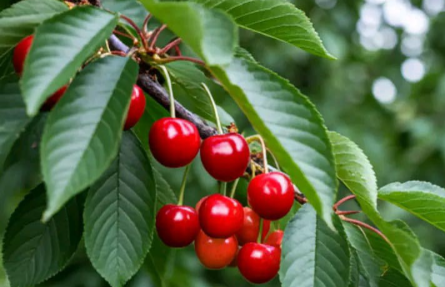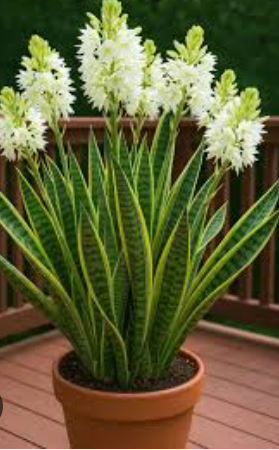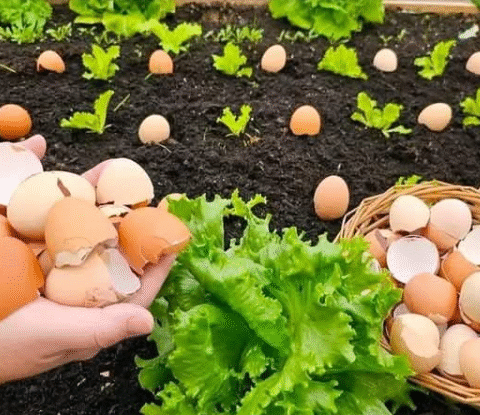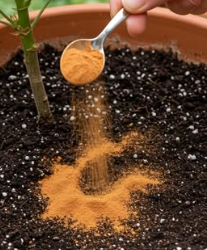Growing a Cherry Tree: The Complete Guide for Success 🍒
Dreaming of homegrown cherries bursting with summer sunshine and sweetness? Whether you’re planting for aesthetic beauty, mouth‑watering fruit, or both, this guide delivers everything you need to grow a thriving cherry tree. From variety selection to pruning, fertilizing, pest control and harvest timing—you’ll be set for success.
Why Choose Cherry Trees?
- Delicious fresh cherries—sweet or tart—for eating, baking or preserving
- Attractive spring blossoms and ornamental beauty
- High nutritional value: vitamin C, fiber, antioxidants
- Low‑maintenance once established
Dr. Leila Nour, expert in pomology, notes: “Selecting a cherry variety suited to your climate and chill hours is the foundation of a successful orchard.” Prof. Mark Benson, specializing in tree physiology, adds: “Appropriate pruning and nutrient balance significantly boost yield and fruit quality.”
1. Choosing the Right Variety
When picking a cherry tree, focus on:
- Type: Sweet cherries (Prunus avium) like ‘Bing’, ‘Stella’, or ‘Lapins’; sour cherries (Prunus cerasus) like ‘Montmorency’ or ‘Morello’ for pies and preserves.
- Chill hours: The number of cold hours needed—check your local climate against variety requirements.
- Pollination: Some varieties are self-fertile (e.g. Stella), others require a partner for cross-pollination.
- Climate adaptation: Sour cherries tolerate cooler climates; sweet cherries thrive in warmer, temperate zones.
2. Selecting an Ideal Planting Location
- At least 6–8 hours of full direct sunlight daily
- Well-draining soil—avoid low‑lying, soggy areas
- Adequate space: allow for the tree’s mature height and spread (typically 15–25 ft/4.5–7.5 m wide)
- Good air circulation to reduce fungal disease risk
3. Preparing the Soil
- Clear weeds, rocks, and debris from planting area
- Loosen soil to 2–3 ft (60–90 cm) depth and width
- Amend with organic compost or well‑rotted manure (1–2 inches/2.5–5 cm)
- Test and adjust pH to 6.0–7.0 for optimal nutrient uptake
4. Planting the Cherry Tree
Dig a hole wider and slightly deeper than the root ball. Position the tree so the graft union (if visible) sits ~2 inches (5 cm) above the soil. Backfill gently—firm soil to remove air pockets. Water thoroughly to settle the soil and hydrate roots.
5. Watering & Mulching
- Water deeply once a week during the first year—ensure soil stays moist but not waterlogged
- In dry spells, water twice a week
- Apply 2–4 inches (5–10 cm) of organic mulch around the base—keeping mulch ~2 inches (5 cm) away from the trunk
- Mulch retains moisture, suppresses weeds, and regulates soil temperature
6. Pruning & Training
Dormant Season Pruning
- Remove dead, diseased, and crossing branches
- Shape to an open-center (vase) or modified central leader—both promote air flow and sunlight penetration
- Thin overcrowded branches to reduce shading and disease risk
Summer Pruning
- Remove vigorous vertical shoots (“suckers”) below the main framework
- Trim back water sprouts to channel energy into fruiting wood
7. Fertilizing & Nutrient Management
- Apply a balanced fertilizer (e.g. 10‑10‑10 NPK) in early spring as buds break
- Repeat with a low‑nitrogen, higher phosphorus/potassium formula after fruit set
- Supplement with compost or well‑rotted manure annually around the drip line
- Monitor leaf color and tree vigor: pale leaves or stunted growth may indicate nutrient deficiencies
8. Pest & Disease Management
Common issues:
- Birds: Netting or scare devices help protect ripening cherries
- Cherry leaf spot & brown rot: Remove fallen leaves and prune for airflow; use organic fungicides if needed
- Aphids, scale, and mites: Encourage beneficial insects (ladybugs, lacewings); use neem oil or insecticidal soap at early signs
- Powdery mildew: Avoid overhead watering; ensure full sun and proper spacing
9. Thinning & Fruit Set
- Thin fruit clusters to 3–5 inches (7–12 cm) apart when young—helps remaining fruit grow larger
- Remove deformed or undersized fruits early to reduce branch stress
10. Harvesting Cherries
- Sweet cherries ripen 60–90 days after bloom, sour cherries often 60–70 days
- Sweeter flavor develops when fruit fully colors and detaches easily when gently twisted
- Harvest early in the day; refrigerate promptly to preserve flavor and texture
Nutrition & Health Benefits Table 🍒
| Cherry Type | Serving Size | Calories | Vitamin C | Fiber | Key Benefits |
|---|---|---|---|---|---|
| Sweet Cherry | 100 g (~15 cherries) | 63 | 7 mg (8% DV) | 2 g | Antioxidants, anti‑inflammatory, melatonin for sleep |
| Sour Cherry | 100 g (~20 cherries) | 50 | 10 mg (11% DV) | 3 g | Ursolic acid, tartaric antioxidants, juicing/pie use |
Expert Health & Safety Tips
- Wear gloves when handling pesticides or fungicides to avoid irritation.
- Sanitize pruning tools between cuts to avoid disease transmission.
- Wash cherries thoroughly before eating.
- Keep netting and supports secure to prevent tripping hazards in the garden.
Related Recipes You Might Enjoy
Visit our partner cooking site for cherry-themed treats—try:
- Classic cherry pie or clafoutis
- Sour cherry jam and preserves
- Cherry‑almond crisp and fruit compotes
- Fresh cherry salsa and grilled fruit skewers
10 FAQs About Growing Cherry Trees
- When should I plant my cherry tree? In early spring or late fall—while tree is dormant—after soil thaws and before bud break.
- How many chill hours do cherries need? It varies: sweet cherries may need 700–1,200 hours, sour <700. Check variety specifics.
- Do cherry trees need a pollinator? Some self-fertilize (e.g. Stella); others need cross-pollination—plant compatible varieties close together.
- How far apart should cherry trees be spaced? About 15–25 ft (4.5–7.5 m) depending on mature size and rootstock.
- How often should I water a cherry tree? Weekly deep watering in the first year; more as needed in drought—but avoid waterlogging.
- When should I prune? Major pruning in late winter while dormant; light summer pruning to shape and thin.
- How do I protect cherries from birds? Use garden netting, scare tape, or decoy predators above ripening fruit.
- Why are my leaves yellowing? Could be iron or nitrogen deficiency—test soil and address accordingly.
- When should I thin the fruit? Thinning immediately after pollination or early small fruit stage—this year’s crop benefits next year’s growth.
- How long until my cherry tree produces fruit? Standard trees may take 4–7 years; dwarf or semi-dwarf rootstocks fruit in 2–4 years.
Wrapping It Up 🌳
By carefully selecting the right variety, planting in fertile, well-draining soil, and keeping up with thoughtful pruning, watering, and pest management—and drawing on expertise from Dr. Leila Nour and Prof. Mark Benson—you’ll be well on your way to a flourishing cherry tree and delicious harvests. With a little effort now, you can enjoy garden-fresh cherries for years to come.
—
SEO terms included: “growing a cherry tree”, “complete guide”, “cherry tree care”, “how to grow cherries”, “cherry tree variety”, and other relevant keywords for gardening and fruit tree success.






